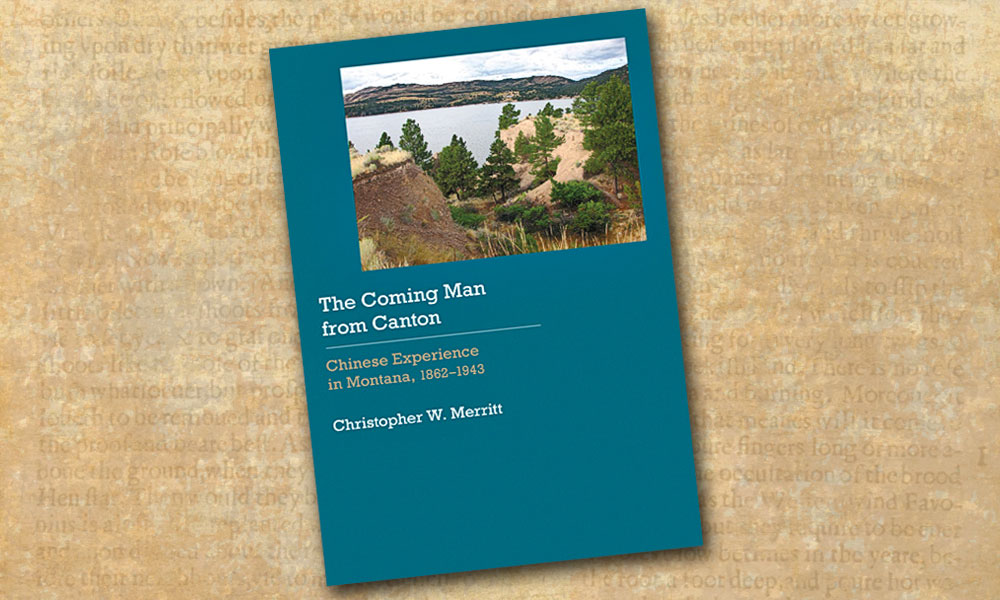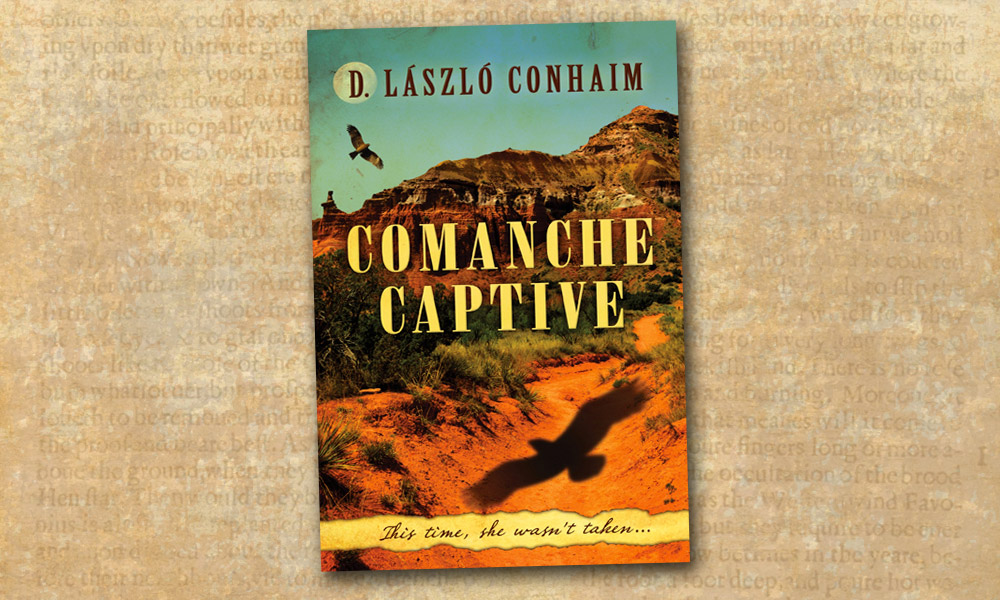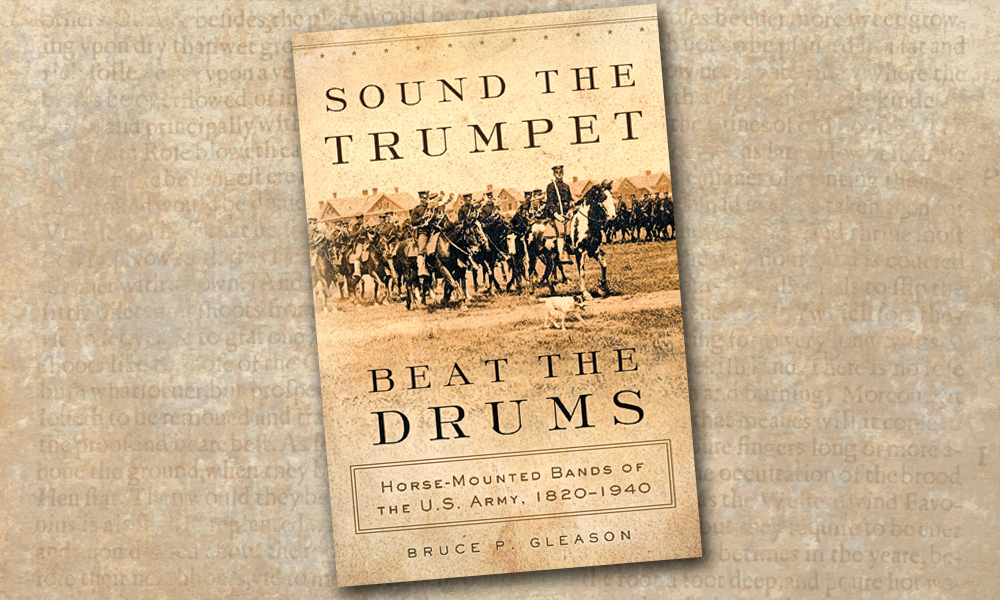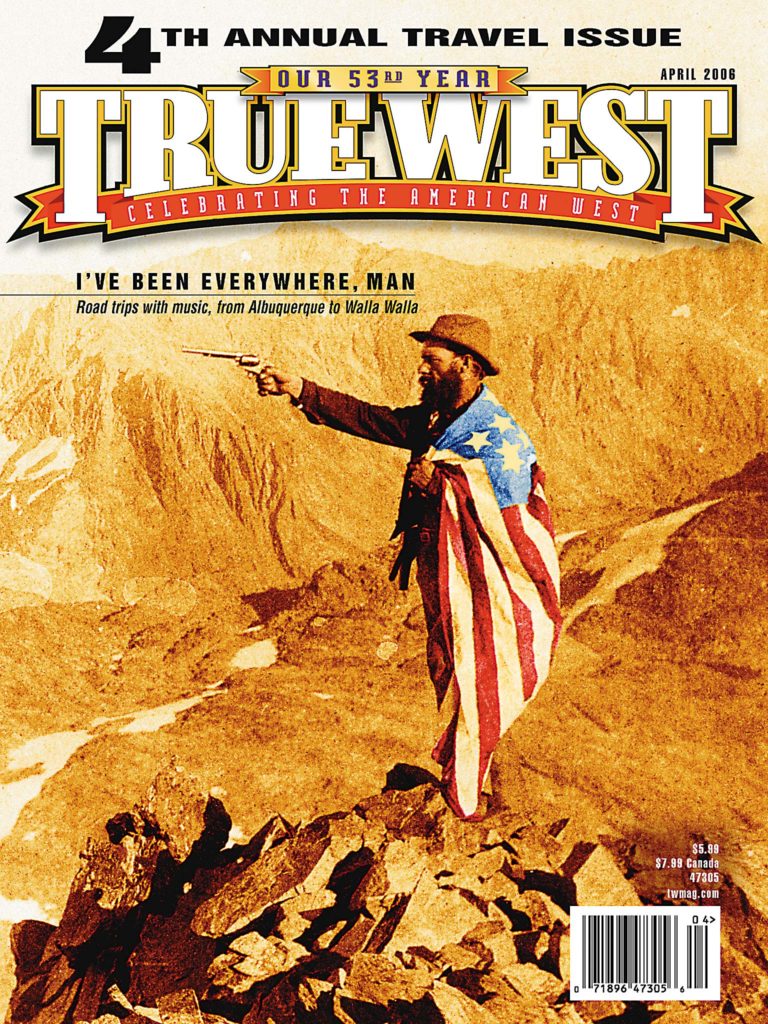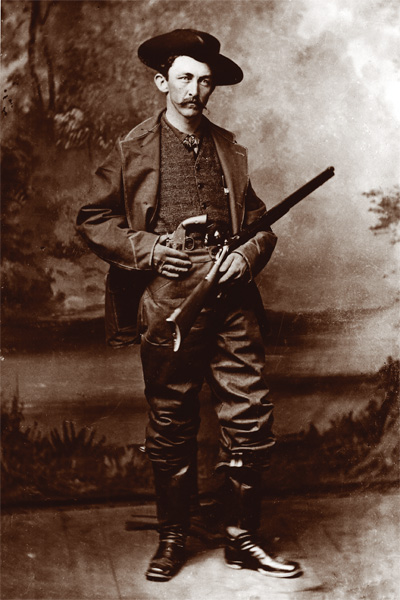 Many think of the Schofield as the first of the frontier army’s top-break revolvers.
Many think of the Schofield as the first of the frontier army’s top-break revolvers.
In reality, the model was nothing more than an improved version of another Smith & Wesson (S&W) top-break revolver: Model No. 3, First Model “American” revolver. (The top-break design was considered an advantage for the U.S. Army by some because they felt it allowed for faster loading of fresh cartridges, as opposed to ejecting and loading them one at a time.)
Few realize, though, that the army adopted this .44 S&W American caliber, eight-inch barrel six-shooter as its first centerfire issue revolver two years before it adopted the 1873 Colt Single Action Army as the official sidearm of the cavalry. The adoption of the 1875 Schofield then followed.
Even with the Single Action Army as its standard sidearm, the army’s small-arms board was still searching for new and improved weaponry, so it accepted six Model No. 3, Second Model “American” revolvers. These samples featured improve-ments made by Maj. George W. Schofield, an officer serving with the 10th Cavalry in the Arizona Territory. The trial board officers favored this latest S&W and ordered 3,000 of the revolvers chambered in .45 S&W caliber, accepting delivery of the seven-inch barrel “First Model” Schofields the following year.
These “First Model” revolvers had an iron frame that necessitated a recoil plate to withstand the pressures generated when the gun was fired. Due to the interest shown by the army, further improvements were incorporated in the revolvers in areas such as the latching design and sturdier materials (these newer Schofields were constructed of steel, eliminating the need for the recoil plate). This “Second Model” Schofield was produced in 1876-77.
Ironically, although the 1873 Colt had become the official service sidearm, the government stopped making the longer .45 Colt load (which did not fit in the Schofield). Instead it made the shorter and weaker S&W Schofield cartridge the standard government-issue pistol round since it fit in both revolvers.
Of the 8,969 First and Second Model Schofields turned out by S&W, the military purchased 8,285 (3,000 First Models, 5,285 Second Models), leaving only a few hundred for civilian sales. Regardless of whether it was a military-issue arm or privately sold, the Schofield made a name for itself in the American West, in the hands of good and bad men alike. Military revolvers were issued to units such as the Fourth Cavalry during the Geronimo campaign and the “buffalo soldiers” of the Ninth and 10th Cavalry regiments. The Schofield was also reportedly used by Frank
and Jesse James, fellow desperado Cole Younger, Custer scout “Lonesome” Charlie Reynolds and U.S. Deputy Marshal Bill Tilghman.
After years of government service, a number of Schofields were sold as surplus to Schuyler, Hartley & Graham in New York, where the firm had the barrels cut to five inches. These Schofields were then sold to Wells Fargo for use by its agents and guards—a fitting finale to an old frontier warhorse.


